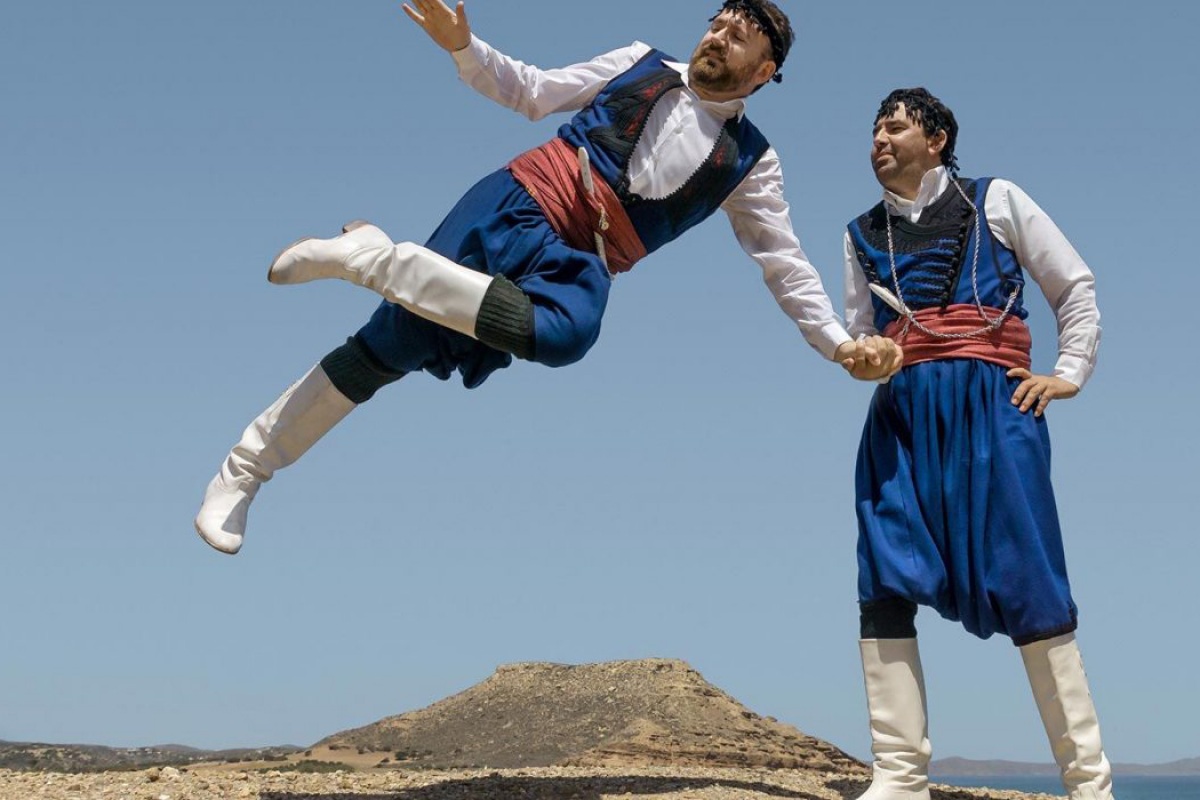One of the most characteristic aspects of Cretan tradition is music, which expresses the emotions, the stories and the values of the Cretans.
The main instrument of Cretan music is the lyra, a three-stringed bowed instrument that produces a distinctive, haunting sound. The lyra is often accompanied by the lute, a plucked string instrument, and sometimes by other instruments such as the violin, the mandolin or the flute. Cretan music is characterised by improvisation, spontaneity and creativity. One of the most remarkable features of Cretan music is the mantinada, a short poem that consists of two rhyming verses of fifteen syllables each. The mantinada is sung by one or more singers, who improvise the lyrics on the spot, based on a theme or a situation.
Another aspect of Cretan tradition is dance, which is a captivating tapestry of movement and sound that tells the story of Cretan culture. The Cretans have danced since prehistoric times, as evidenced by the archaeological findings and the ancient texts. The Cretan dances, like the lively pentozali, the syrtos, the maleviziotis and the sousta, have accompanied the musical journey, creating a rhythmic celebration of history and tradition. The Cretan dances are not only a form of entertainment, but also a way of expressing identity, solidarity and resistance.

